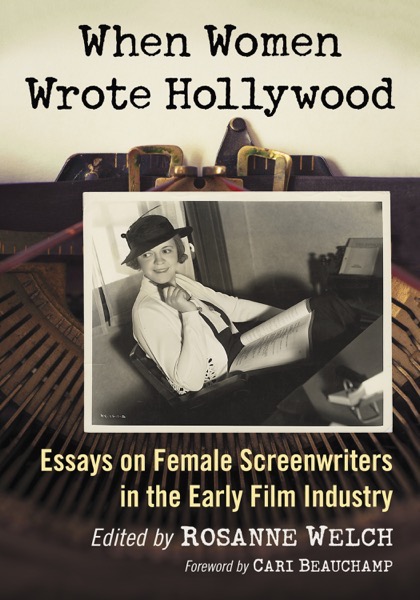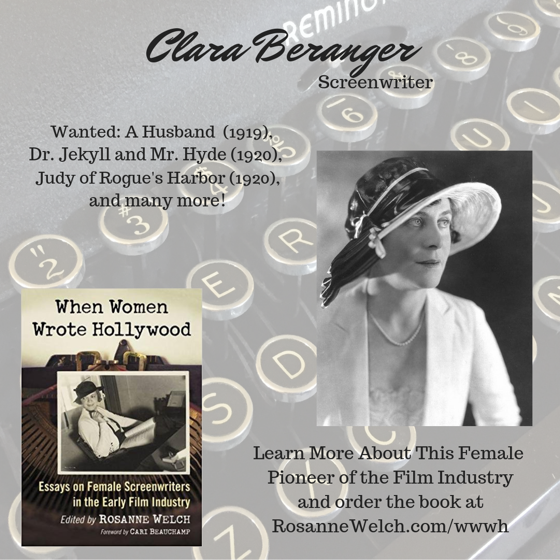
When Women Wrote Hollywood – 29 in a series – “The Grand Passion (1918), Wr: Ida May Park
The Grand Passion is a 1918 American silent western film directed by Ida May Park and starring Lon Chaney.[1] It is not known whether the film currently survives.[1]
As described in a film magazine,[2] Dick Evans (Stowell), boss of Powderville, decides to start a newspaper and support it through coerced advertising from the businesses in the town. He hires Jack Ripley (Mulhall), a New York newspaperman, to be its editor. Viola (Phillips), niece of Paul Argos (Chaney), arrives on the same train as Ripley. Forming a relationship with her, Evans decides to clean up the town. In the meantime, Viola has been kidnapped and hidden in a roadhouse on the other side of the tracks. Evans and Ripley rescue her but incur the enmity of the denizens of the district. They attack the newspaper office and, in the face of defeat, Evans orders Ripley to escape with Viola. When she discovers that Evans is missing, she returns to the burning town and discovers him wounded. She declares her love and indications are that he will survive to claim it. — Wikipedia
More about The Grand Passion (1918)
More about Ida May Park
- Read more about this screenwriter in When Women Wrote Hollywood
- Like When Women Wrote Hollywood on Facebook
- Ida May Park on Wikipedia
- Ida May Park on IMDB
- Ida May Park at the Women Film Pioneers Project
Buy a signed copy of when Women Wrote Hollywood
Paperback Edition | Kindle Edition | Google Play Edition
* A portion of each sale from Amazon.com directly supports our blogs
** Many of these books may be available from your local library. Check it out!
† Available from the LA Public Library


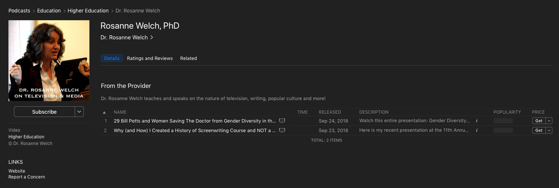
![Why (and How) I Created a History of Screenwriting Course and NOT a History of Film Course with Rosanne Welch, Ph.D [Video] (17:15)](https://rosannewelch.com/wp-content/uploads/2018/09/srn-milan-1.png)
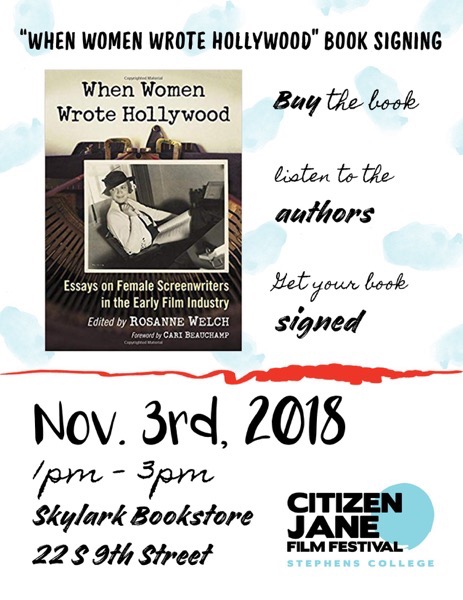
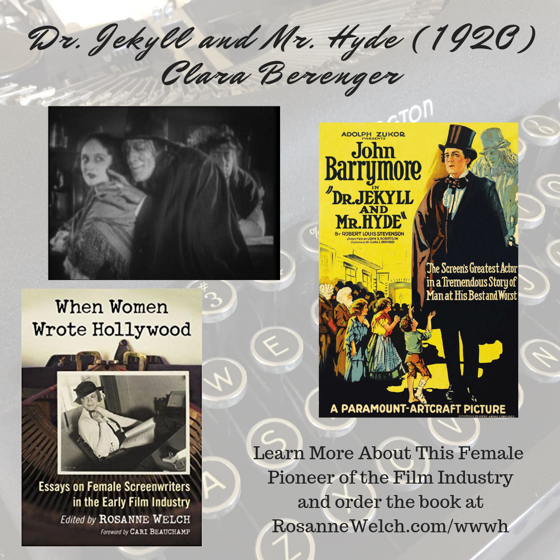

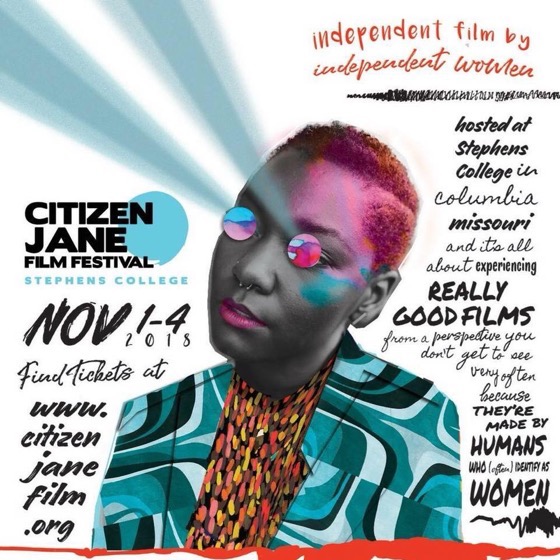
![Lauren Elizabeth Smith, Author of “Fearless and Fierce: June Mathis” from “When Women Wrote Hollywood” [Video] (4:02)](https://rosannewelch.com/wp-content/uploads/2018/09/w3h-smith.jpeg)
